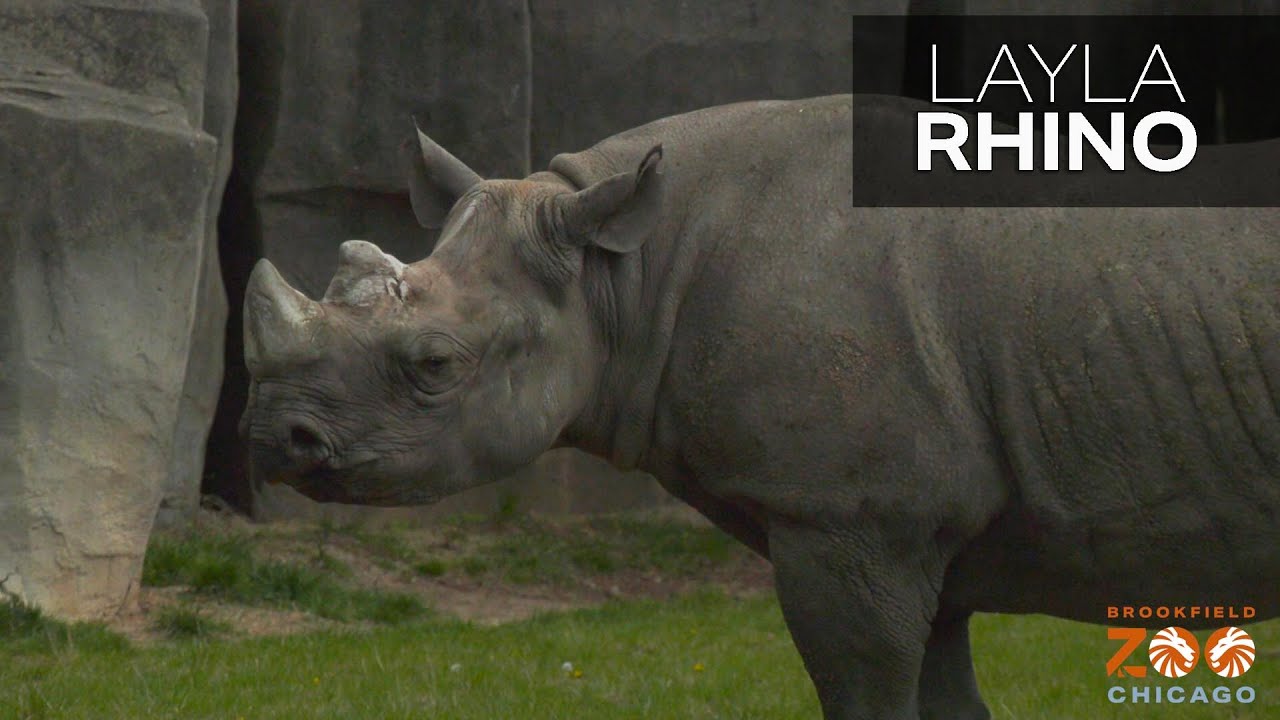– The importance of the Layla Black Rhino and its role in conservation efforts
– The challenges of captive breeding and zoo management for endangered species
– Current practices in wildlife conservation and the significance of public engagement through media
– Ethical considerations and the future of zoos in the conservation of species like the Layla Black Rhino
– Advances in technology and their applications in wildlife monitoring and conservation strategies
The Layla Black Rhino represents a beacon of hope in the arduous fight against the extinction of rhinoceros species. Classified as critically endangered by the International Union for Conservation of Nature (IUCN), black rhinos like Layla have become emblematic of the conservation efforts to protect and repopulate this ancient species. Zoos worldwide have adopted the mission of educating the public about these majestic animals and administering complex breeding programs to increase their dwindling population.
Managing endangered species in captivity, particularly for large mammals like the Layla Black Rhino, requires a sophisticated understanding of animal biology, environmental needs, and behavioral science. Zoos have evolved from their early days as mere spectacles of exotic fauna to become scientific institutions dedicated to conservation. The breeding programs attempt to mimic natural environments as closely as possible to encourage natural behaviors critical for reproduction.
Captive breeding programs face numerous challenges, such as maintaining genetic diversity, preventing the spread of disease, and ensuring the psychological welfare of the animals. These programs are often a race against time, as many species continue to decline in the wild due to poaching, habitat loss, and other human-induced pressures. The genetic material of rhinos like Layla is invaluable, providing the genetic variability necessary for the species’ long-term survival.
Zoos have also become important centers for wildlife conservation, often participating in or leading research efforts to understand better and ultimately protect endangered species. They provide a controlled environment where scientists can conduct studies that would be challenging or impossible in the wild, such as detailed observation of reproductive behaviors, medical examinations, and genetic assessments.
Public engagement is pivotal in conservation efforts. Sharing Layla Black Rhino’s daily activities and milestones through video footage and social media amplifies awareness and fosters an emotional connection with the public. Digital storytelling allows people worldwide to learn about Layla’s life and the efforts to conserve her species. These narratives inspire support for conservation initiatives and underscore the importance of preserving biodiversity for future generations.
Engaging the public through educational programs and interactive exhibits helps to raise awareness about the plight of the Layla Black Rhino and its counterparts. By doing so, zoos can turn visitors into active participants in conservation, be it through donations, advocacy, or volunteer work. These efforts support the zoos monetarily and build a larger community of informed conservationists advocating for policy changes and support at the national and international levels.
The use of advanced technologies has further revolutionized wildlife conservation. Tracking devices, drones, and sophisticated software allow for real-time monitoring of rhinos in the wild, providing data on their movement patterns, health, and population dynamics. These tools also play a vital role in anti-poaching efforts, which are crucial for the survival of species such as the Layla Black Rhino.
Moreover, genetic technology has introduced breakthroughs in understanding the genetic makeup of endangered species. By analyzing DNA samples, scientists can make informed decisions about which individuals to pair in breeding programs to maximize genetic diversity and strengthen the population’s overall health. This level of intervention is a testament to humanity’s responsibility to rectify the damage done to global biodiversity.
Zoos grapple with ethical considerations when housing and displaying animals like Layla. Conservationists advocate for space, environmental stimuli, and social structures that allow rhinos to express natural behaviors. The welfare of the animals in human care is of paramount concern. As such, their habitats are designed with meticulous attention to detail to provide enrichment and simulate a more natural living condition.
Lastly, the role of zoos is continually evolving. With a growing human population and shrinking natural habitats, the connection between zoos and in situ conservation projects has never been more critical. Partnerships between zoos, governments, and non-profit organizations help to align captive breeding efforts with larger conservation strategies. Rhinos like Layla symbolize the collaborative and dynamic approaches needed to combat the decline of species biodiversity.
Zoos are often at the forefront of these efforts, advocating for protecting and regenerating natural habitats while serving as genetic reservoirs and educational hubs. The Layla Black Rhino and other animals like her play a dual role: they are ambassadors for their species and genetic lifelines in the global endeavor to preserve the rich tapestry of life on our planet. With their formidable presence and quiet dignity, these creatures are living reminders that conservation is an ongoing process requiring diligence, innovation, and collective action.
*****
Source Description
In honor of Save The Rhino Day, we gave our resident black rhino, Layla, some fun enrichment. However, she was more interested in interacting with Dana, one of her care staff! Animals that can be worked with in close contact often form trusting bonds with their care staff, which allows them to participate in their own care.
For more information, please visit www.brookfieldzoo.org

